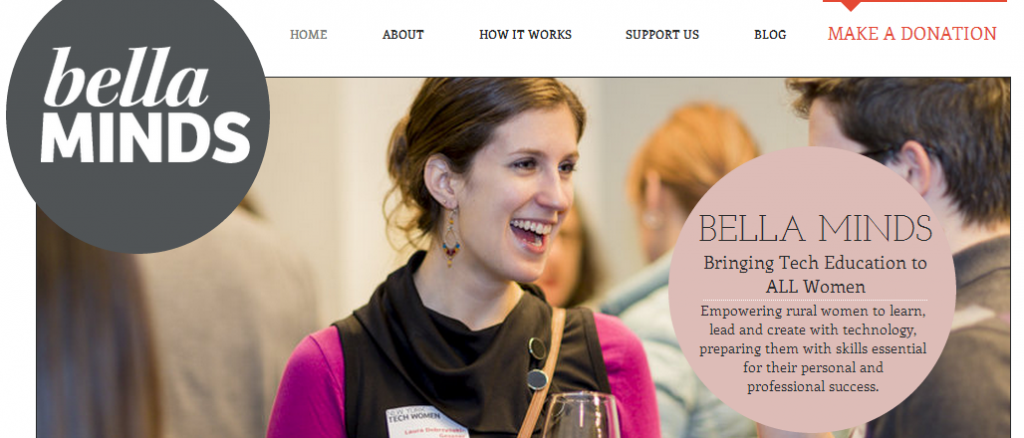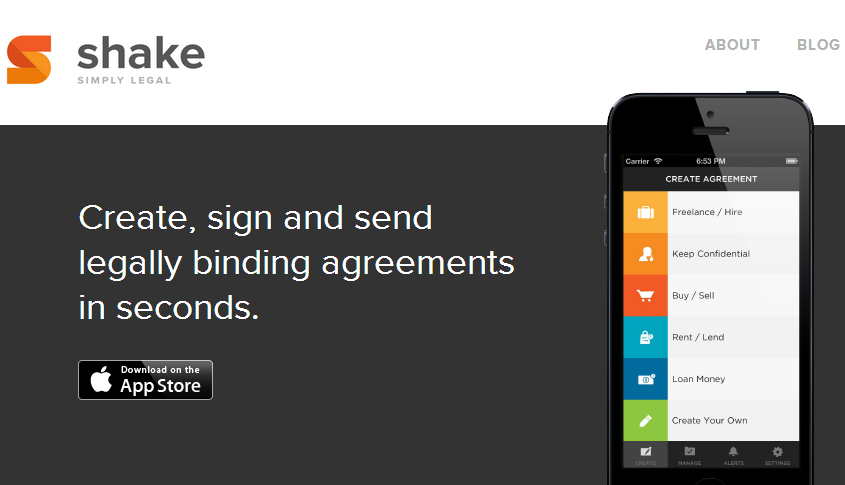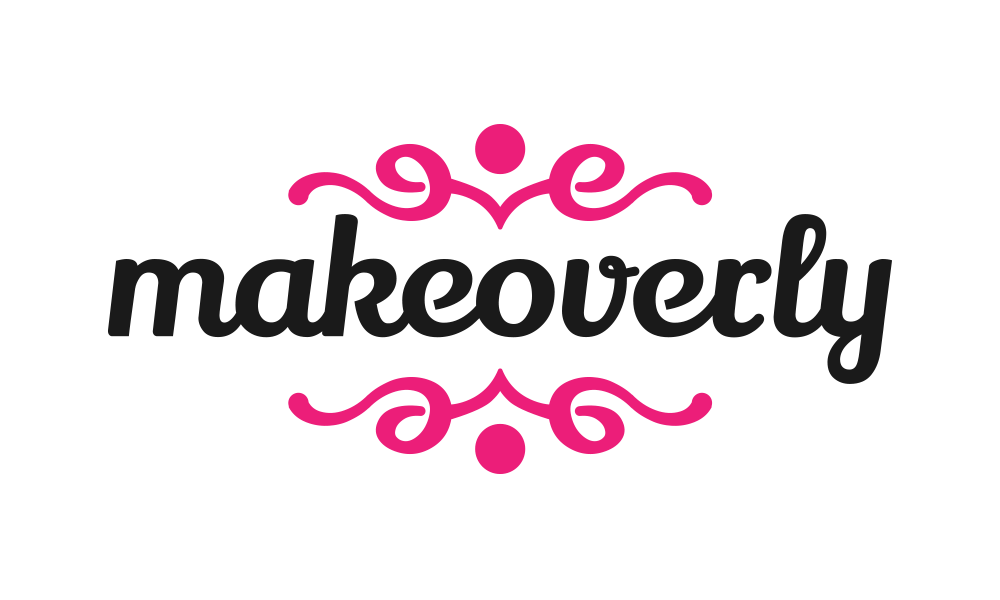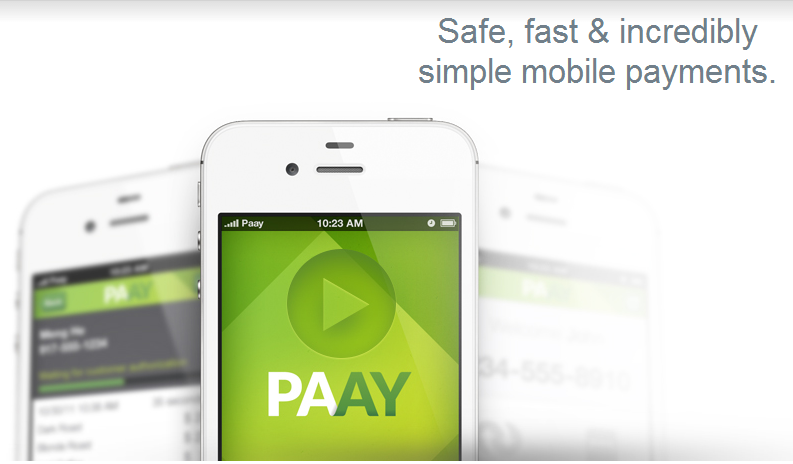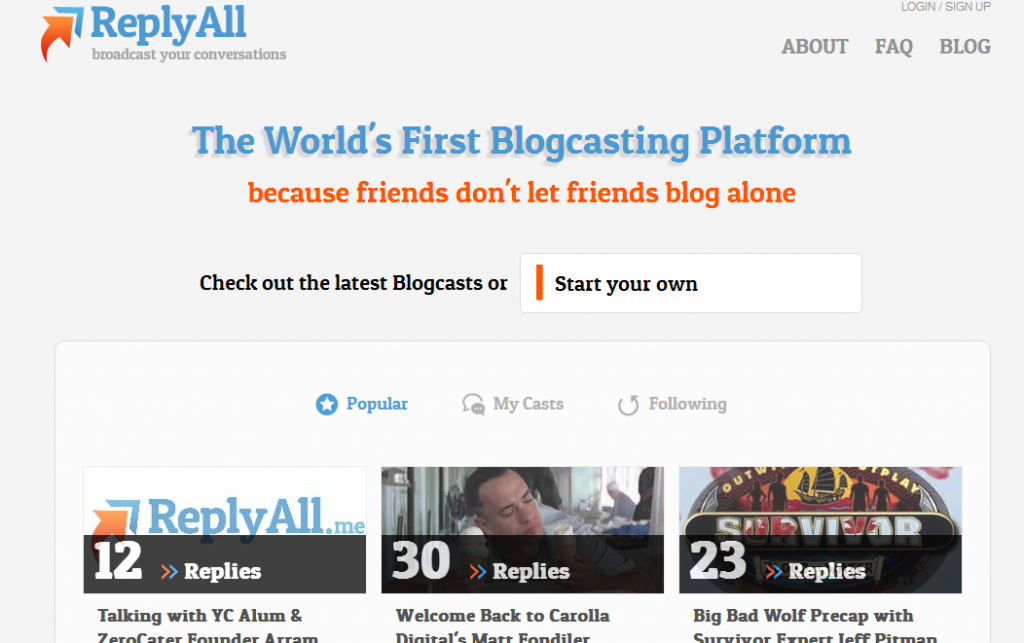
Ok, tell me if you’ve heard this one before. An entrepreneur gets a crazy idea that just might work. She validates through getting out of the office, asking people what they think, and setting up a landing page for her awesome beta. Then she decides to launch a crowdfunding campaign to get some buzz and some funds to keep the dream alive. So far, so good, right?
Now, this entrepreneur has been around the block a bit. It’s her second venture, and she knows that nothing happens on its own. So this entrepreneur studies, and prepares, and does everything she can think of before the campaign to make sure it will be a success.
The big day comes, the campaign launches, and… crickets.
A slow trickle of donations come in from friends and family, a few shares on Facebook and Twitter, and then silence. The momentum grinds to an alarming halt…which is when the panic sets in.
What did she do wrong? Why didn’t all that prep work pay off? Where are all those people who said they loved the idea?
I am, of course, the entrepreneur in the story, so I can tell you that all of your plans and prep may prove useless once you hit that “launch” button.
But I can also tell you what to do better, and how to change all of your marketing and outreach mid-campaign to try to create change. Because no matter what you do, you’re going to have to make a bunch of changes during those first couple of weeks.
Here’s what you can do to go from crickets to traction:
Evaluate, evaluate, evaluate.
I had a plan, and for the first few days I stuck to it. But it was only when I started looking at the analytics for everything I did, that I understood what wasn’t working. In my case I needed to tweak my Facebook ads, cancel my StumbleUpon paid discovery, and consider very carefully whether the people I was reaching on LinkedIn really cared about my project (hint: no).
I also had to look carefully at the actions that brought viewers to the site, the types of comments that got engagements on Facebook, and the types of ads that got clicks. Because of all the analysis, I was able to make quick changes on almost every front: Facebook, Twitter, the Indiegogo page itself, ads, and blogger outreach.
Which brings me to your next big action:
Focus
Once you’ve figured out what works, tighten everything up to include only what is working. Get rid of the rest. You might think that a certain ad will eventually pay off, or your may be in love with your description on the crowdfunding page, but if it isn’t working now it won’t work later. Have the courage to take away everything that isn’t getting results, and pour all of your time and resources into the few actions that are getting results.
I noticed that my Facebook posts only got likes and shares if they had pictures, and that tweets specifically asking for help did better than ones that didn’t. Videos did better than images, and tweets with mentions of key people did better than blanket announcements. I also saw that I needed to reach out to each person multiple times before they would take action.
Let Go
This was the hardest one for me, but this article is proof that I’m now embracing my own lessons.
If you’re too hung up on making everything look great, no one will be able to connect with your story. If I came on here and told you that we launched and saw instant results, and then continued with our plan from the beginning, it wouldn’t be a story. It isn’t interesting, and it isn’t true.
Allow yourself to really connect with your audience by sharing what this journey is like, and how you’re responding to the challenges. If you’ve had a slow day of donations, don’t write an email to your backers saying what a great day it has been. I don’t mean you need to share every detail about the ups and downs, but you do need to let your guard down and be real with people.
Get In There
No one would care if a faceless automaton opened up a crowdfunding campaign with slick marketing and flashy ads. The people backing your campaign want to hear about you and your story. They want to connect with the story of why you’re doing what you’re doing, and who you are as a founder.
Our campaign started out with almost no mention of me and was pretty sterile. But startups aren’t about shiny ads and slick marketing campaigns, they’re about the struggle. We changed our strategy from trying to look like the big guys, to showing our audience how we were working, and the steps we were taking to bring our product to market. I still think we have a long way to go in this area, but we now know how important it is to introduce our future community to the individuals behind the project.
Improve the Ask
When we launched, I thought we would do a lot of asking people for money. And at first we did, but there’s only so many emails you can send that ask people to part with their cash.
I thought about what we really wanted from people. Yes, we hope that they go to our crowdfunding page and contribute, and that is of course important. But we’re also using the campaign to build our community, and for that we need people to like us and want to stick around. One of my advisors put it very nicely when he said, “Money only gives you money, but a devoted follower gives you recognition, a community to talk to, feedback, traction, social proof, many more followers…and also money.”
So we changed from asking for money to asking for things that would help us in the long term – shares, feedback, advice, and criticism. We turned to our friends to ask what could make the campaign better. This made them more likely to head to the site and check it out, to give us truly valuable feedback, and sometimes even ended in a new contribution as well. Once we understood what we were really asking, we were able to connect with more people and begin our (still fairly small) snowball.
Keep Going
This is the most important one. Crowdfunding, as with anything a startup does, is a crazy ride. If you’re doing well it’s insanely busy with answering questions and responding to backers. If you aren’t doing well, it should be insanely busy with figuring out why not, and doing what you can to fix it. But we are entrepreneurs because we stick to it when others would shut off the lights. We believe in our ideas, and we will do what we need to do to get them in front of the world.
You never know which tweet, post, or article will be the one that gets you lots of attention, feedback, and contributions. A random tweet from us led to a conversation via Twitter with Shia LaBeouf, which ended in a donation of $10,000 and a bunch of retweets for our campaign.
I’m not saying this will happen for every campaign, but I can guarantee that it won’t happen if you aren’t putting yourself out there, reaching out to your audience in every possible way, and figuring out the story that you need to tell your backers.
So keep going, evaluate and adapt, and hang on for the ride of your life.
Laura Fredericks is the founder of Describli, a new community connecting readers and writers. She began her crowdfunding journey on October 22nd, and changed everything about it two weeks after launch. She now has modest traction on the campaign, and hopes to continue using her own tips to reach crowdfunding success. You can hear more about her journey on Twitter and Facebook. You can also be awesome and check out Describli’s campaign on Indiegogo.







